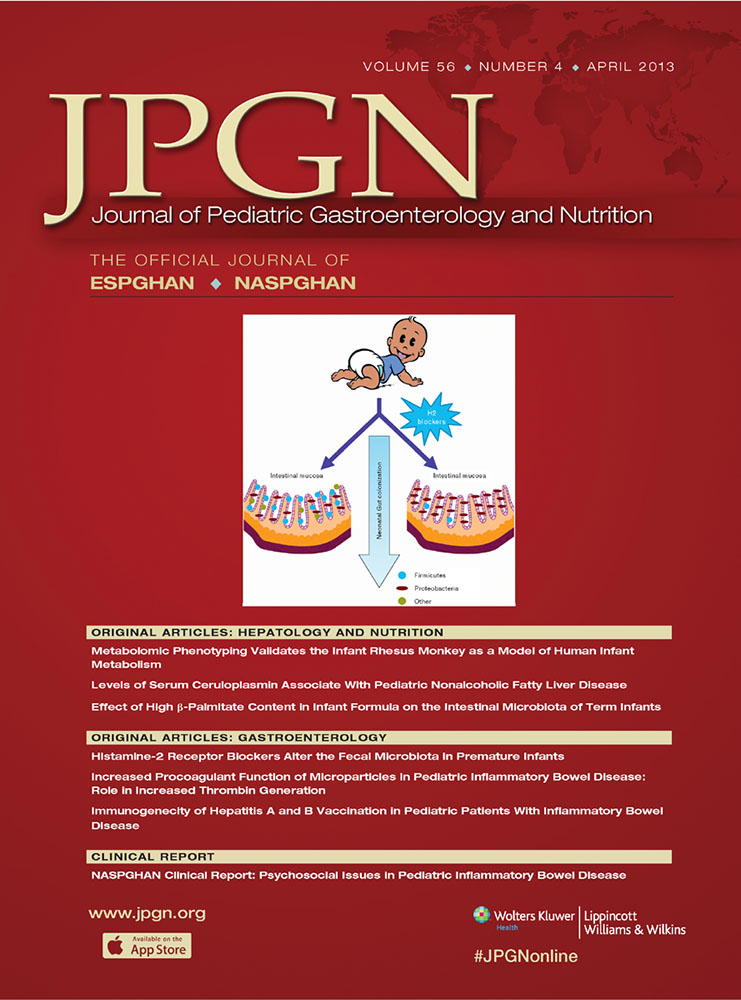You Look All Right to Me
Compromised Nutritional Status in Paediatric Patients With Ulcerative Colitis
R.J.H. received project support from Crohn's and Colitis Australia through their Young Investigator Award, and partial salary support through the Reginald Ferguson Research Fellowship in Gastroenterology, University of Queensland. The CNRC was core funded by the Royal Children's Hospital Foundation, Brisbane, and the School of Medicine, University of Queensland.
The authors report no conflicts of interest.
ABSTRACT
Objectives:
It is reported that malnutrition is not a feature of ulcerative colitis (UC). Body mass index (BMI) is frequently used clinically to indicate nutritional status; however, it is a proxy measure at best, and body cell mass (BCM) is a much more accurate representation. The present study aims to investigate BMI in patients with UC in relation to their BCM.
Methods:
A total of 18 patients (7M; 11F) had their nutritional status (BCM) measured using total body potassium40 counting every 6 months to yield a total of 77 measurements. BCM measurements were adjusted for height and sex, and BMI was calculated as weight/height2, with z scores determined for both parameters. Disease activity was determined using the Pediatric Ulcerative Colitis Activity Index.
Results:
Mean (±SD) height, weight, BMI, and BCM z scores were 0.39 (0.96), 0.20 (1.08), −0.05 (1.18), and −0.74 (1.41), respectively. No correlation was found between BMI and BCM z scores, and these z scores were significantly different (P = 0.02), particularly in the moderate/severe disease activity group (P = 0.01). Mean BCM z scores were −0.69 (1.65) of a z score below BMI z scores. Furthermore, where BMI z scores showed no relation to disease activity and no differences between disease activity categories, BCM z scores were significantly negatively correlated (r = −0.32, P = 0.01), with significantly lower scores found in the moderate/severe group (P = 0.01).
Conclusions:
Simply calculating BMI in patients with UC does not give adequate information regarding nutritional status, and more accurate, yet easily accessible “bedside” techniques need to be determined to improve patient care.




